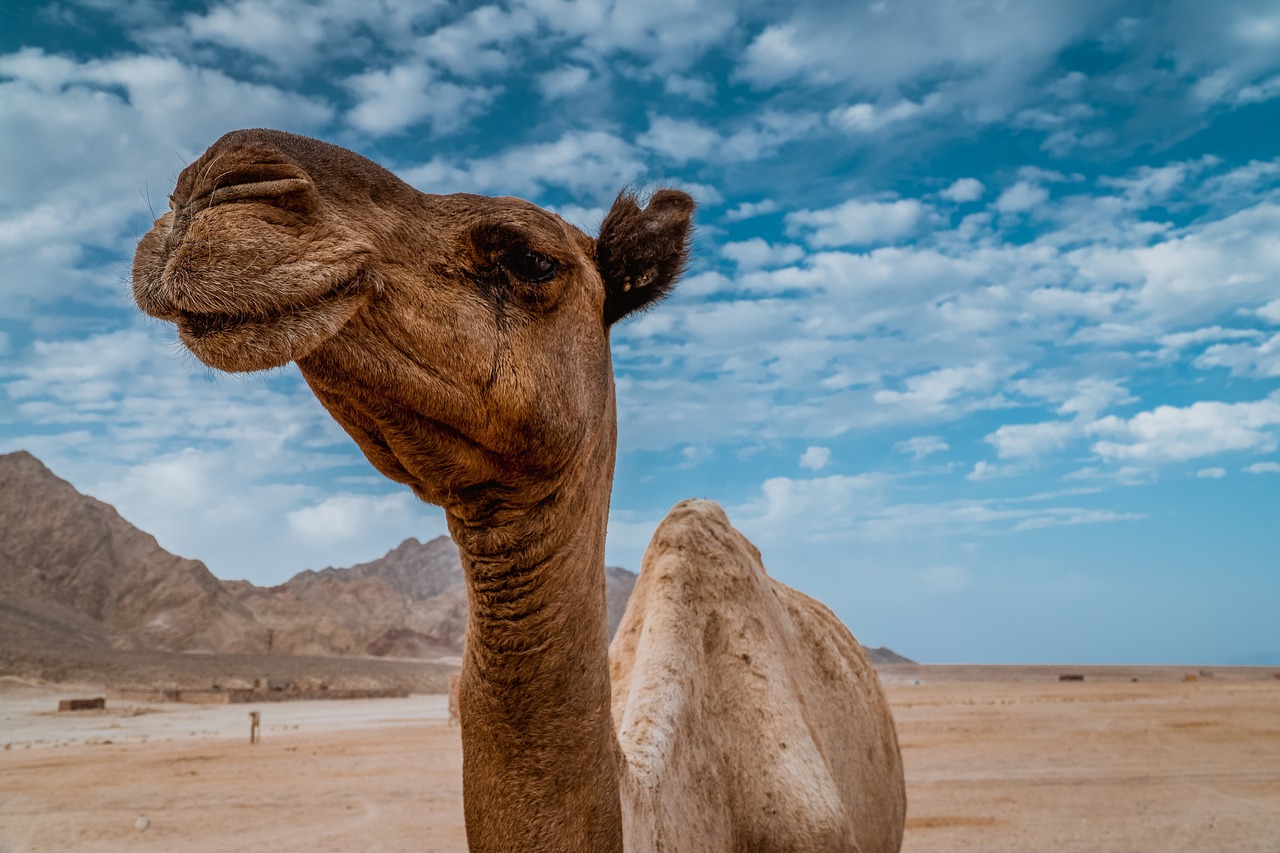Sustainable Tourism in Remote Islands: Protecting Fragile Ecosystems
Remote islands are isolated pieces of land surrounded by vast bodies of water, offering a unique and often untouched environment. These islands are known for their pristine beaches, lush forests, and diverse wildlife, making them a haven for nature lovers and adventurers alike. With limited human presence, remote islands provide a sense of tranquility and an escape from the hustle and bustle of urban life.
Despite their allure, remote islands also face challenges such as limited access to resources, vulnerability to natural disasters, and the impact of climate change. The fragile ecosystems on these islands are particularly susceptible to external disturbances, making conservation efforts crucial in preserving the biodiversity and natural beauty of these remote locations. It is essential to strike a balance between promoting tourism and protecting the delicate ecosystems of remote islands to ensure their sustainability for future generations.
Challenges Facing Fragile Ecosystems
Remote islands are often home to unique and delicate ecosystems that are highly susceptible to external disruptions. The limited resources and isolated nature of these environments make them particularly vulnerable to the impact of human activities. Unsustainable fishing practices, deforestation, and pollution are just some of the challenges facing these fragile ecosystems.
Furthermore, climate change poses a significant threat to remote islands and their ecosystems. Rising sea levels, extreme weather events, and ocean acidification are all consequences of climate change that can have devastating effects on the biodiversity and resilience of these fragile environments. The fragile ecosystems of remote islands are in urgent need of protection and conservation efforts to ensure their survival for future generations.
Impact of Tourism on Remote Islands
With the rise in global tourism, remote islands are facing unprecedented challenges due to the influx of visitors. Islands that once boasted pristine environments are now struggling to maintain their fragile ecosystems. The increase in tourist activities, such as unregulated construction, waste disposal, and overexploitation of natural resources, is taking a toll on these remote destinations.
Tourism can bring economic benefits to remote islands, but it often comes at a cost to the environment. Local flora and fauna are being threatened by habitat destruction and pollution caused by large numbers of tourists. Conservation efforts are crucial to ensure the long-term sustainability of these islands and to protect their unique biodiversity.





